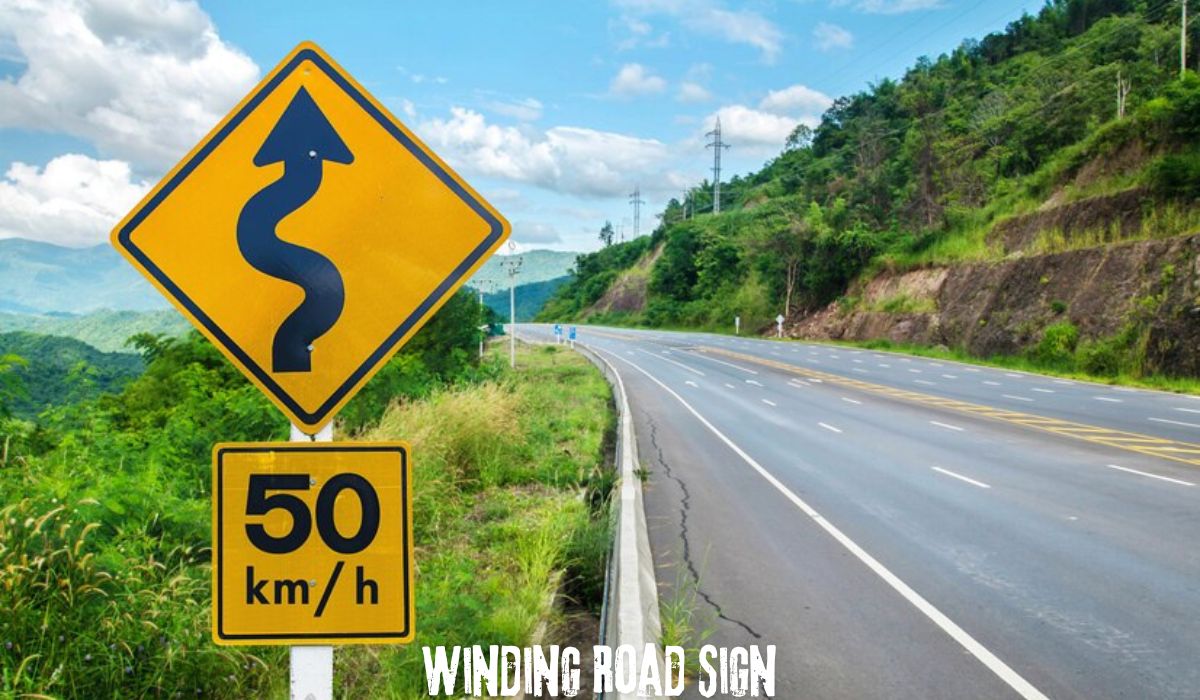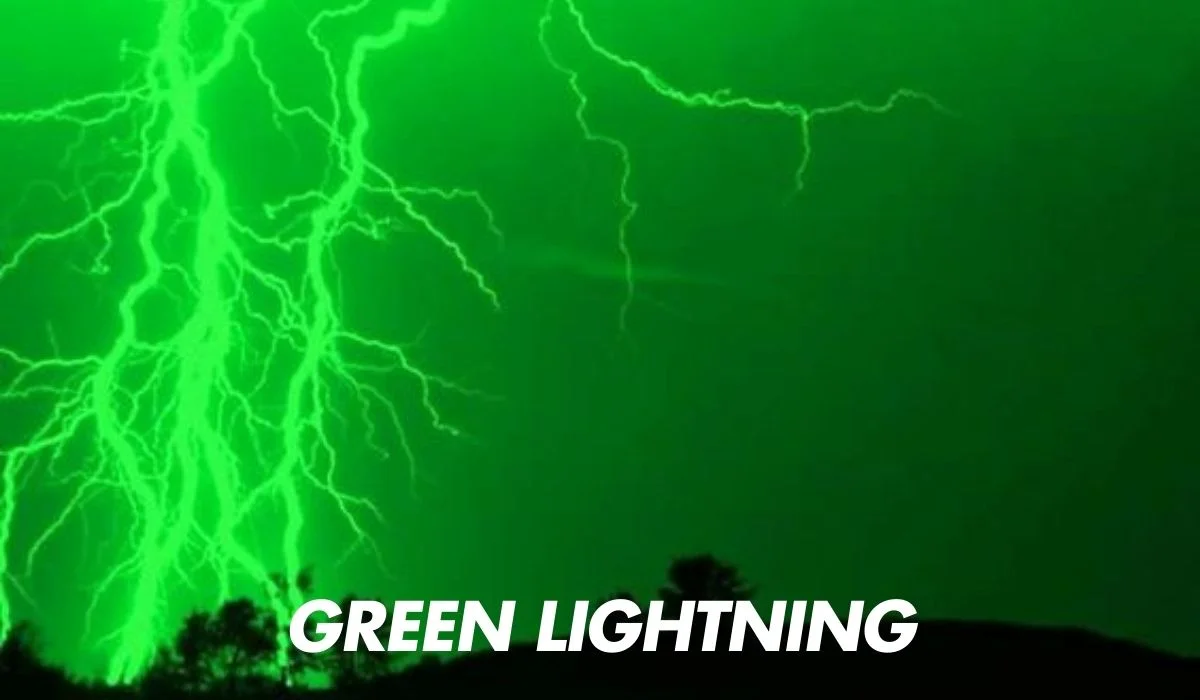Navigating the roads can be challenging, especially when unexpected curves lie ahead. The winding road sign is one of the most critical traffic signs that alerts drivers to multiple curves in the road, helping to prevent accidents and ensure a smoother, safer driving experience. In this article, we will explore everything you need to know about the winding road sign, from its purpose and design to best practices for drivers when encountering this sign. By the end, you’ll have a thorough understanding of why these signs are crucial for road safety and how they guide drivers on winding roads.
What is a Winding Road Sign?
A winding road sign is a traffic warning sign designed to alert drivers to a series of curves ahead. These curves may vary in severity and are typically found in areas where the road follows a natural landscape, such as hills, mountains, or coastal regions. The sign is crucial for providing drivers with enough warning to adjust their speed and prepare for the upcoming twists and turns, ensuring they navigate the road safely.
The Importance of Winding Road Signs
The winding road sign plays a vital role in road safety. Warning drivers of impending curves helps reduce the likelihood of accidents caused by drivers attempting to make a hasty or unprepared turn. Because of this, places with numerous turns that follow each other closely must have winding road signs. Ignoring these signs can lead to dangerous situations, including rollovers, collisions, or driving off the road.
Must Visit: mizpedia.com
Design and Appearance of Winding Road Signs
Shape and Color
Winding road signs are typically diamond-shaped, which is a common design for warning signs in the United States and many other countries. The background of the sign is usually yellow, signaling caution, with black symbols and text that clearly outline the warning. This color combination is chosen to ensure maximum visibility in various weather conditions and lighting situations.
Symbols Used in Winding Road Signs
The symbol on a winding road sign usually features a series of curved lines, representing the winding nature of the road ahead. The number of curves illustrated can vary, but the most common design shows three or more curves. These lines are often drawn in a way that suggests the road will turn left and right in quick succession.
Standard Placement of Winding Road Signs
Winding road signs are strategically placed at a sufficient distance before the first curve in a series, giving drivers ample time to slow down and prepare. The exact placement depends on the road’s speed limit, the severity of the curves, and the surrounding environment. For instance, on a high-speed highway, the sign may be placed further away from the curve compared to a lower-speed rural road.
Types of Winding Road Signs
General Winding Road Signs
The standard winding road sign is used on roads where there are three or more curves in succession. This sign is intended to provide a general warning and is typically accompanied by an advisory speed limit, indicating the maximum safe speed to navigate the curves.
Specific Curve Warning Signs
In addition to the general winding road sign, there are specific curve warning signs that focus on a single curve or a specific series of curves. These signs may include additional information, such as the direction of the curve (left or right) and the recommended speed for that particular curve.
Combination Signs
Combination signs include additional warnings along with the winding road symbol. For example, a sign may indicate a winding road with a steep descent, requiring drivers to reduce speed even further. These signs are particularly useful in mountainous or hilly areas where the road conditions can change rapidly.
Regulations and Guidelines for Winding Road Signs
U.S. Federal Regulations
In the United States, winding road signs must adhere to the guidelines set by the Federal Highway Administration (FHWA) as outlined in the Manual on Uniform Traffic Control Devices (MUTCD). The MUTCD provides detailed specifications for the size, color, and placement of winding road signs, ensuring consistency across all states.
International Standards
Internationally, winding road signs follow similar guidelines to those in the U.S., but there may be variations in design and placement depending on the country. For example, in some European countries, the sign may have a triangular shape instead of a diamond, and the colors may differ slightly. However, the core purpose of the sign remains the same: to warn drivers of multiple curves ahead.
Local and State Variations
While federal and international standards set the baseline for winding road signs, local and state authorities may introduce variations to address specific road conditions. This can include adjustments to the sign’s size, placement, or additional warnings that reflect the unique characteristics of a particular region’s roads.
The Role of Winding Road Signs in Traffic Safety
Accident Prevention
Winding road signs are an essential tool for accident prevention. By providing advance warning of the curves ahead, these signs give drivers the information they need to adjust their speed and driving behavior, reducing the likelihood of accidents. Studies have shown that roads with well-placed winding road signs have lower accident rates compared to those without such warnings.
Speed Regulation
One of the key functions of winding road signs is to encourage speed regulation. When drivers see a winding road sign, they are reminded to slow down to a safe speed before entering the curves. This is particularly important on roads with higher speed limits, where the sudden appearance of a curve could catch drivers off guard.
Driver Awareness
Winding road signs also serve to increase driver awareness. In addition to alerting drivers to upcoming curves, these signs encourage them to pay closer attention to the road conditions ahead. This heightened awareness can make a significant difference in how safely a driver navigates a challenging section of the road.
How to Interpret Winding Road Signs
Reading the Sign Correctly
Interpreting a winding road sign is straightforward, but it requires attention. The key is to recognize the series of curves depicted on the sign and understand that they represent the road ahead. The number and direction of the curves on the sign give drivers an idea of what to expect, helping them to prepare accordingly.
Understanding Curve Severity
Not all curves are created equal, and the severity of the curves depicted on a winding road sign can vary. Some signs may indicate gentle curves, while others warn of sharp turns. Drivers should use the sign in conjunction with their own observations of the road to determine how much they need to slow down and adjust their driving.
Anticipating Road Conditions
In addition to the curves themselves, drivers should consider other factors that might affect the road conditions, such as weather, visibility, and road surface. For instance, a winding road sign on a rainy day might warrant even greater caution than usual, as wet roads can increase the risk of skidding or losing control.
Best Practices for Drivers When Encountering Winding Road Signs
Adjusting Speed
The most important action a driver can take when encountering a winding road sign is to adjust their speed. Reducing speed allows for better control of the vehicle and more time to react to any unexpected conditions or obstacles that might appear around the next curve.
Proper Vehicle Control
Maintaining proper control of the vehicle is crucial on winding roads. Drivers should ensure they have a firm grip on the steering wheel and avoid sudden movements that could cause the vehicle to veer off course. It’s also essential to use the appropriate gear, especially in manual transmission vehicles, to maintain a steady speed throughout the curves.
Enhancing Visibility
Visibility can be a major concern on winding roads, particularly in areas with dense vegetation or during inclement weather. Drivers should use their headlights, even during the day, to enhance their visibility and make it easier for other drivers to see them. Additionally, keeping a safe distance from the vehicle ahead is crucial to avoid sudden braking or collisions.
Technology and Winding Road Signs
Smart Road Signs
The advent of smart technology has introduced new possibilities for winding road signs. Smart road signs can be equipped with sensors that monitor traffic conditions and adjust the sign’s warnings accordingly. For example, a smart winding road sign might flash more urgently when it detects that a driver is approaching too quickly or when weather conditions deteriorate.
You Might Also Like: Smart Technology
Integration with GPS and Navigation Systems
Modern GPS and navigation systems can integrate information from winding road signs to provide real-time alerts to drivers. These systems can warn drivers of upcoming curves, suggest appropriate speeds, and even adjust the vehicle’s settings for better handling on winding roads. This technology is particularly useful in unfamiliar areas where drivers might not be aware of the road’s layout.
The Future of Winding Road Signs
As technology continues to evolve, the future of winding road signs looks promising. Innovations such as augmented reality (AR) could overlay digital warnings on the windshield, providing even more precise information about the road ahead. Autonomous vehicles might also use advanced sensors and AI to interpret winding road signs and navigate curves more safely without human intervention.
Common Misconceptions About Winding Road Signs
Confusion with Other Signs
One common misconception is confusing winding road signs with other similar signs, such as curve or hairpin turn signs. While these signs all warn of curves, a winding road sign specifically indicates a series of curves, not just one. Understanding this distinction is key to responding appropriately when encountering these signs on the road.
Misinterpretation of Curves
Some drivers may mistakenly believe that all winding road signs indicate severe or dangerous curves. While winding road signs do warn of multiple curves, the severity can vary, and not all curves are sharp or treacherous. Drivers should use the winding road sign as a general warning and assess the road conditions as they drive.
Ignoring the Sign’s Warnings
Another misconception is that experienced drivers can safely ignore winding road signs, especially if they are familiar with the road. However, even experienced drivers can misjudge a curve or encounter unexpected conditions, such as wet or icy roads. Ignoring these signs increases the risk of accidents, regardless of a driver’s experience level.
Case Studies: The Impact of Winding Road Signs on Road Safety
Real-Life Examples
Numerous real-life examples demonstrate the effectiveness of winding road signs in preventing accidents. For instance, in mountainous regions where winding roads are common, the installation of these signs has led to a noticeable decrease in accidents, especially among out-of-town drivers who may not be familiar with the local roads.
Statistical Analysis
Studies have shown that roads equipped with winding road signs have lower accident rates than those without. In areas with frequent curves, the presence of these signs has been linked to a reduction in both the severity and frequency of accidents. This statistical evidence underscores the importance of proper signage in maintaining road safety.
Lessons Learned
The lessons learned from these case studies highlight the critical role that winding road signs play in ensuring driver safety. Proper placement, clear design, and driver education are all essential components of an effective winding road sign strategy. By understanding and respecting these signs, drivers can significantly reduce the risk of accidents on winding roads.
Conclusion
Winding road signs are an indispensable part of our road safety infrastructure. By warning drivers of the curves ahead, these signs play a crucial role in preventing accidents, regulating speed, and enhancing driver awareness. Whether you’re navigating a mountain pass or driving along a coastal highway, understanding and respecting winding road signs can make all the difference in ensuring a safe journey. As technology continues to evolve, we can expect even more advanced and effective solutions to keep our roads safe, but the fundamental importance of the winding road sign will remain unchanged.
FAQs
- What is a winding road sign? A winding road sign warns drivers of a series of curves ahead on the road, helping them prepare to navigate safely.
- Why should I slow down when I see a winding road sign? Slowing down gives you better control over your vehicle as you navigate the curves, reducing the risk of accidents.
- How do winding road signs differ from other curve signs? Winding road signs indicate multiple curves, while other curve signs may only indicate a single sharp turn.
- Are winding road signs effective in reducing accidents? Yes, these signs are proven to reduce accidents by alerting drivers to adjust their speed and be cautious of the curves ahead.
- Can GPS systems replace winding road signs? No, while GPS can provide additional alerts, physical winding road signs are essential for all drivers, ensuring safety for everyone on the road.





One thought on “Winding Road Signs : A Comprehensive Guide for Safe Driving”